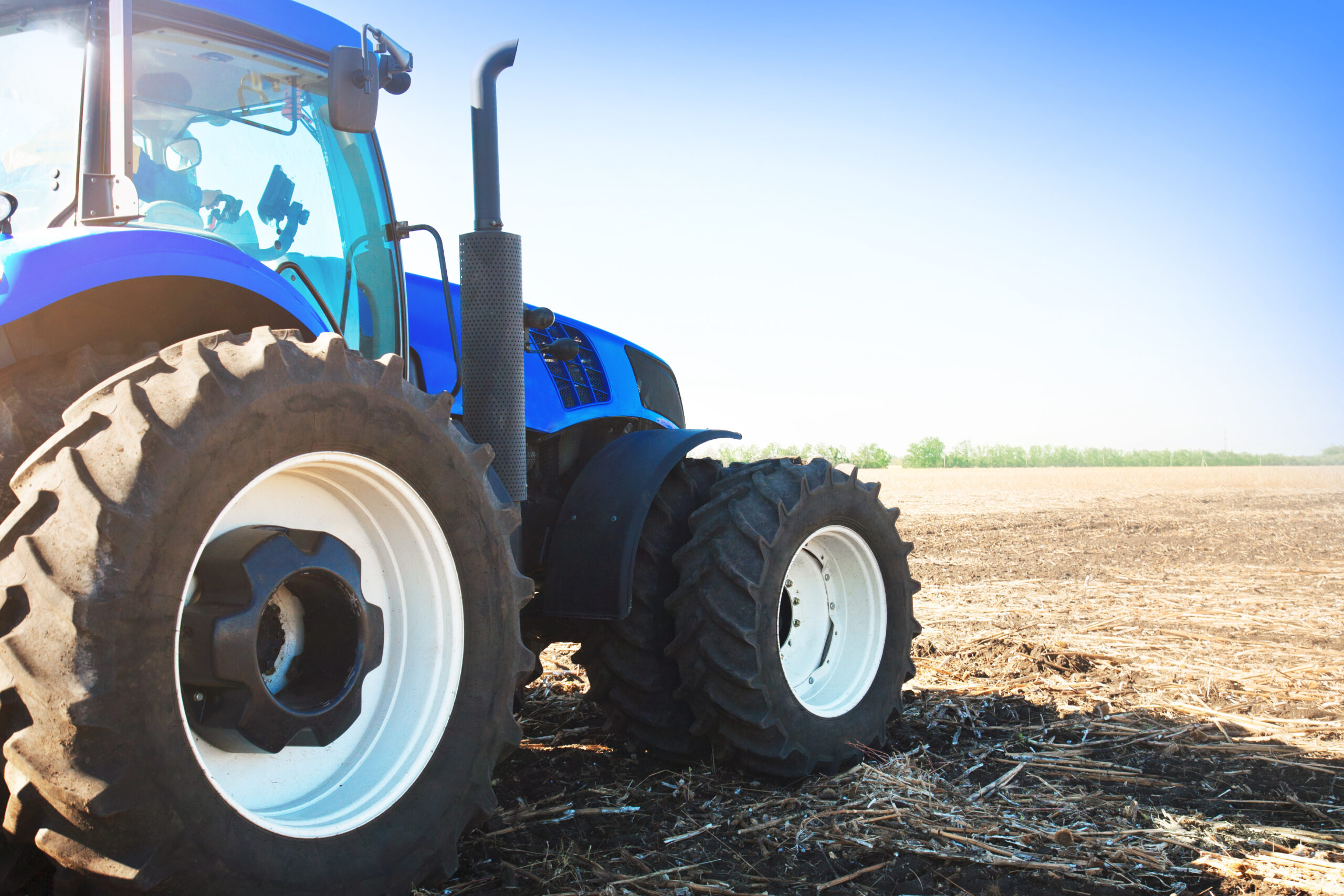Urban Flight and Agricultural Land Values

Since May, many media outlets have written extensively about new urban flight. If the pandemic permanently increases the acceptance of remote work, they posit that many Americans will choose yards over cramped apartments. This trend would also have implications for agriculture. Prior literature has shown that urban premiums can account for as much as 40% of the value of farmland in metro- adjacent counties. If the pandemic of 2020 becomes the start of a permanent shift in where Americans live, producers on the outskirts of cities from Fresno to Fargo could see a boost in their land values.
The only challenge with this story is that there is limited evidence in the data so far to support the idea of nationwide urban flight. If the story is generally true, demand for suburban and metro-adjacent land would put pressure on those home prices. However, home prices in metro-adjacent counties have in fact seen the least upward movement since the start of the pandemic. Metro counties have continued to see home price increases despite the prognostications about the end of the American city, though rural counties have seen the fastest gains.
The reason for the intense coverage of a trend that is not currently playing out on a national level may be an artifact of where these stories are coming from. New York City has seen a seismic shift, and the sharp decline in home prices there indicate that some residents may be opting for the Manhattan in Kansas over the one in New York. However, no other dense metro center has seen this trend. Chicago, Washington, D.C., San Francisco, and other metro centers have seen some of the fastest increases in home prices since the start of the pandemic. The question is whether New York is fundamentally different than these other cities, and whether the individuals leaving Manhattan are going 10, 100, or 1,000 miles away to look for new homes. The extreme impact the pandemic had on the city and its overall density could mean it is a unique case, but it is too early to say that it is not a leading indicator of what will happen to other urban cores.

There are many ways that a flight to the suburbs could impact agriculture. Producers near urban centers could see boosts to their land values; a welcome reprieve after land value growth was flat in 2020. Suburban Americans also drive more, leading to more personal gasoline consumption and ethanol use. Rural households also are much more likely to eat at home, and a greater share of food dollars spent at home goes to producers. Whether these benefits become a national story or something unique to New York remains to be seen.










